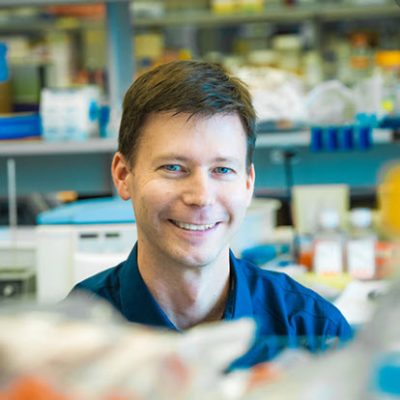It has been 100 years since Canadian scientists discovered insulin as a treatment for Type-1 diabetes. For millions of patients around the world, regular insulin injections remain the only treatment.
But what if there was a better option?
A stem cell replacement treatment discovery — by researchers at the University of British Columbia (UBC) and Vancouver Coastal Health — offers new promise.
“Seeing the results from the first clinical trials, we knew right away that it has the potential to eliminate the need for insulin injections altogether — and transform the management of Type-1 diabetes once and for all,” Dr. Kieffer, a UBC professor of cellular and physiological sciences, explains.
Using technology developed in collaboration with partner ViaCyte, Dr. Kieffer and Dr. David M. Thompson, a clinical assistant professor of endocrinology and the principal investigator for the study in Vancouver, implanted patients with wafer-thin devices equipped with millions of lab-grown stem cells that are ‘coached’ into making insulin, the hormone that controls a person’s blood sugar.
Six months after implantation, the stem cells had not only survived but successfully matured into insulin-producing beta cells.

Dr. Thompson, who also directs the Vancouver General Hospital Diabetes Centre, is encouraged by the results so far: “I’m hoping within the next year to actually have somebody using the device who is able to stop taking insulin for the first time ever since they were diagnosed with diabetes,” he says.
Another advantage of the treatment is its potential accessibility.
“There is virtually an endless supply of cells we can use to treat Type-1 diabetes,” Dr. Kieffer says. “In theory, it would take very little to produce enough cells to treat every diabetic person on the planet. The impact would be unbelievable.”
This story originally appeared in Pathways Magazine
